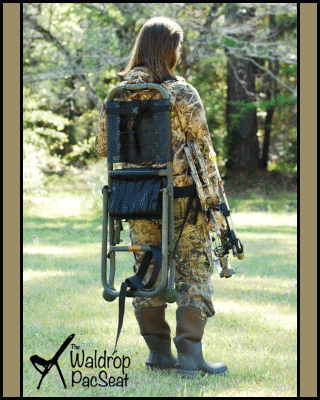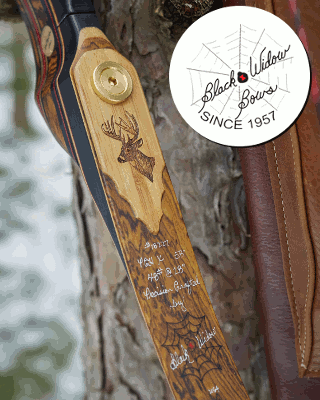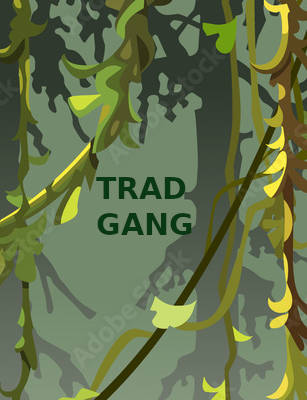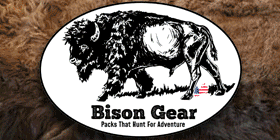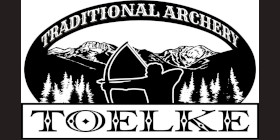Yep - the grind itself has a lot to do with it.
This is no joke, I got this email from a customer of mine in Sweden just yesterday. They can do something crazy like shoot 6-7 moose per year. They have so many that they are required to shoot a MINIMUM of so many calves and cows before they can shoot a bull!
Anyway, Made him a knife of my clay processed W1.
This is copied exactly like he sent it yesterday:
"It really does cut well. It does not seem to get the same bitter sharpness as the D2 steel blade I have, but cuts better, for some reason I do not really understand?."
So, W1 out-cutting D2???!!??
I have an opinion on that. Kevin Cashen frequently quotes one of his good buddies, Roman Landes, who is renowned in the world of swords and such for his metallurgical prowess, and he says, "Geometry cuts - heat treat just determines how long."
So, does my W1 really make a better blade than D2?
I'm not sure.
But! I will suggest that the geometry I put on that blade is a BETTER geometry than the D2 blade he is comparing to.

